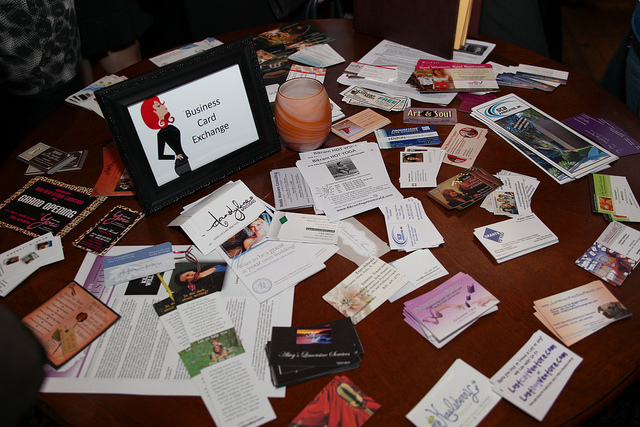
Computer networking not only makes your business run more smoothly, it opens you up to more security threats. It’s important that you make network security a part of your business plans. Some of the simplest things you can do can mean a big difference in how secure you are with your work, customer, and bank information. This article will describe some simple things you can do to make your network more secure.
Step 1: Get a Firewall
A properly configured firewall will act as the first line of defense against someone attacking your computers. A firewall sets up rules for which ports are open and which are closed. If you have an open port but nothing there, that’s basically an entryway for others to enter your computers.
Step 2: Password on Your Firewall
A firewall is great, but you can’t just set it up in your network and turn it on. The biggest mistake most small business owners make is getting a firewall and then using the default password. You can do this, but it won’t take an attacker long to figure out what brand and model number on the device is for your network. With the ease and simplicity of search engines they can find this information and then just go in and be inside your computer system in a matter of minutes.
Step 3: Block Pings
Ok, this can sound odd but it really does make sense. A ping is basically a network request that a hacker or anyone even you can send to see if something responds. If a network device responds it basically says that something there that a hacker can explore and potentially exploit. Simply set your network router or firewall so that it won’t respond to network pings. It’s that easy!
Step 4: Scan Yourself
No, we’re not talking about going to an airport and walking through the metal detectors. Scan your own network and you can see what hackers would see. This will tell you what ports are open (that shouldn’t be open) and then you can go back into your settings, change them, and close them up nice and tight.
Step 5: Layered Security
You can always go with the simple firewall but to the best hackers and attackers this could be really easy to navigate past and won’t take them that long. The best approach might seem overkill, but when it comes to customer information, your finances, and business, overkill is the best method to prevent attacks. The best method is the Unified Threat Management or UTM approach. UTM is the latest network security that combines various point defenses to give you a more complete and effective security.
Step 6: Simplify
What this means is you don’t have to tie yourself down with complicated technology for security that requires extensive training or the need for add on features or consulting services. You can find products and combine them to work at their fullest capability for you when you configure them for your needs. Centralized or hosted management can make things even easier when it comes to the overall administration of all of your computers and networks and ultimately lower the cost of ownership.
Step 7: The Unexpected
Even the best setups can be hacked and you must expect the unexpected and so it’s always crucial that you be constantly updating and finding ways to make your networks secure. But not just from attackers or those trying to hack your systems must you be prepared. Natural disasters, broken water pipes, and even lost/stolen laptops can take you by surprise.
The more you prepare, setup, secure, and monitor what you do and use each day, the safer your small business will be. This can lead you and your customer base to feel better, and you can focus on growing your business instead of worrying about how secure it is.
The steps here will help guide you to being secure at the office. They can also be applied at home as well. Many people don’t think that their home computers are just as vulnerable as their office computers. Secure your networks and protect your important data from falling into the wrong hands.
Photo Credit: Flickr/Jodi Womack



















